We’ve entered the aftermarket era – for better or worse.
When I started building ten years ago, upgrades were few and far between. Even for more popular platforms like the 3rd generation 4runner, most options were either A, B, or custom fabbed. Today’s aftermarket is more akin to a supermarket, with aisles of options for every piece of your vehicle. For the most part, the surge in popularity has been positive: fast-tracked new product development and technological advancement. Products are more powerful than ever and boundaries are constantly being pushed, and it’s easier than ever to customize to your heart’s content.
A wise man named Jeff Goldlum once warned “your scientists were so preoccupied with whether or not they could, they didn’t stop to think if they should.” Maybe he was talking about a looming alien invasion, but there’s a small chance he was really talking about headlights.
For any builders who take their rigs on the street, this message is for you. Lighting is obviously an important consideration, and there are plenty of options to increase your output. But unless you’re doing it correctly, you’re most likely not getting the benefits you think – and making it worse for everyone else in the process. From personal experience on the road to speaking with police and other builders, we felt compelled to help spread the word on how to improve your visibility without being annoying.
Let’s break-down the options that are out there:
Xenon/LED bulbs in stock housing (Outworld palm of shame)

Before projectors came about, headlights used a reflective housing to bounce light from the bulb into a pattern suitable for both the driver and others on the road. These patterns were designed with for specific outputs, and even with the recommended bulb the projected is referred to as ‘scattered’. In other words, the majority of the bulb focuses in the target area (the road), but there is no clear cutoff which allows light to scatter around the center.
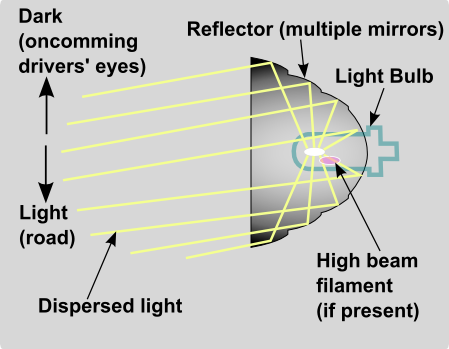
When you add a higher output bulb like a xenon, or especially an LED, the problem exacerbates. You may gain slightly better output than the normal bulb and have a whiter/bluer hue, but you are now sending brighter light, and more of it, outside of the target area and to other parts of the road. So, while its true that xenons generally last much longer than halogen bulbs, if you are considering getting them then consider getting the HID version in consideration of other road users. I’ll discuss more about HID later.
LED pods (Outworld palm of shame)
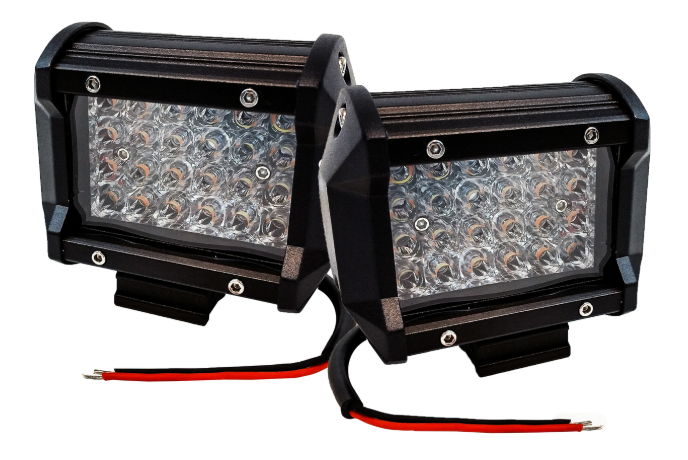
Whoever started this fad needs to be strapped to the front of one of our rigs and driven through a cornfield. LED pods are intended for off road use and nothing else. There is absolutely no beam concentration and are designed simply to provide the highest output possible. Putting these in a vehicle that’s driven on the road is stupid and downright dangerous.

Check out this view from the driver seat of our 2000 4Runner – sitting nearly 9″ taller than stock. I had the displeasure to have this idiot behind me for nearly 100 miles on my last trip to the mountains. If I’m riding this high and still catching this kind of output, regular commuters are getting absolutely blinded. I would say you might as well have your LED bars on, but unfortunately I’ve seen plenty of that as well. A few rotten apples are making the rest of us look bad, and unfortunately the popularity is growing with no regard to their surroundings.
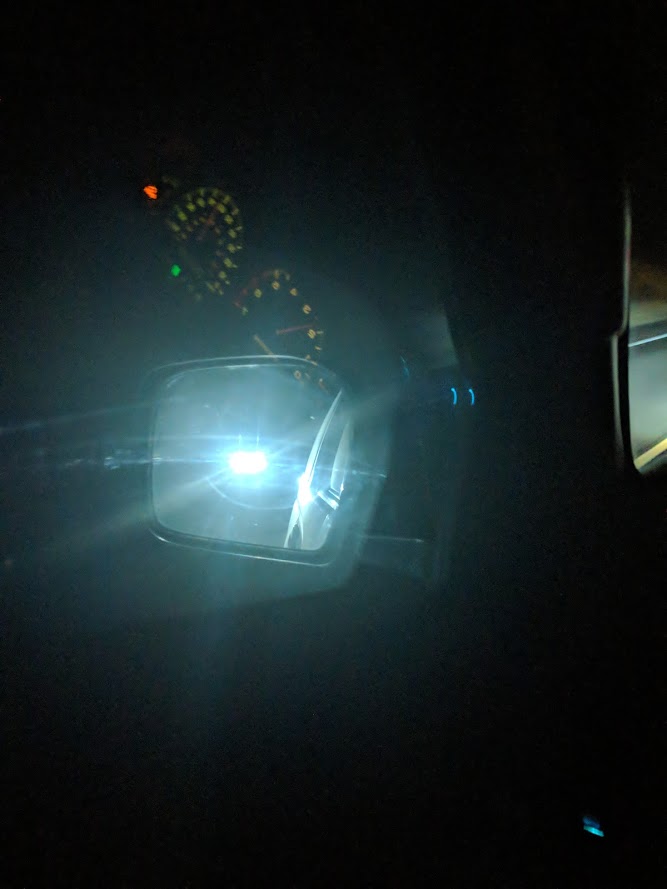
HID projector retrofit (Outworld nod of approval)
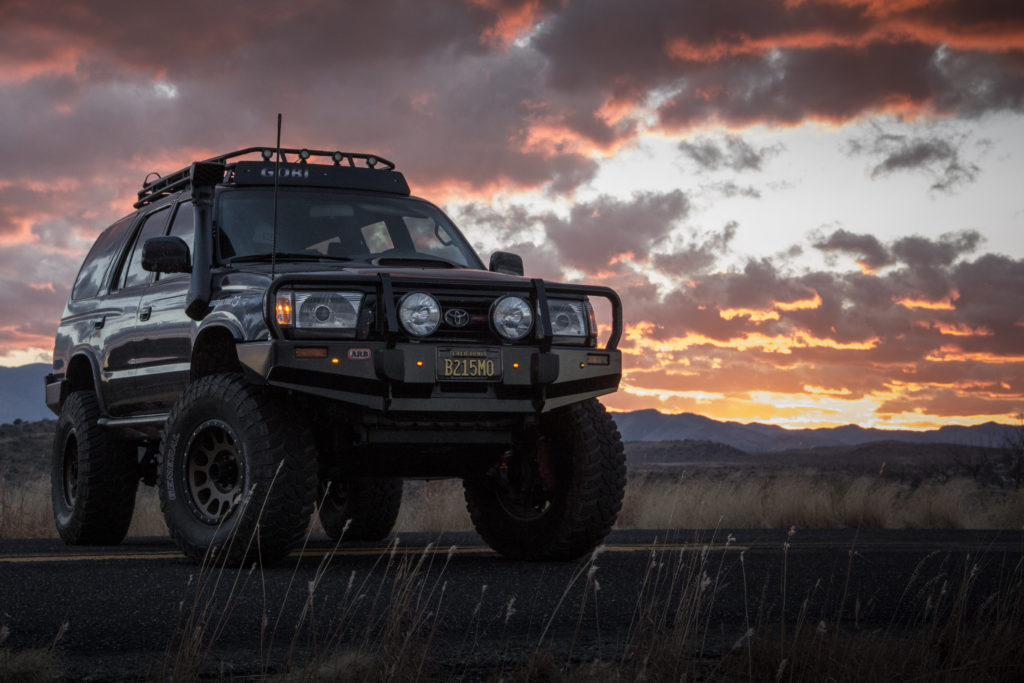
People are going to complain that this option is too expensive, but honestly if you can’t allocate the budget to do something right, especially when others’ safety is at risk, then don’t do it at all.
HID projector retrofits are the only aftemarket headlight method we can reasonably approve. Despite them not being DOT approved, projectors provide better, safer output than stock halogen housings – especially for lifted vehicles. This is accomplished by installing projector housings inside traditional halogen housings, rendering those reflectors useless. A high intensity discharge bulb uses the projector lens to create an amazingly bright output with a crisp cutoff. The aim can be fine-tuned to perfection, and you simply can’t get any better, or safer, these days.
Yes, it can be expensive, and yes it can be more work than changing a bulb. For reference, we had to bake our headlights in the oven to loosen the silicon seal so we could remove the front glass. But at our ride height and the amount we spend commuting to different locations, we owe it to ourselves and other drivers to do this right. Not to mention they look pretty badass.
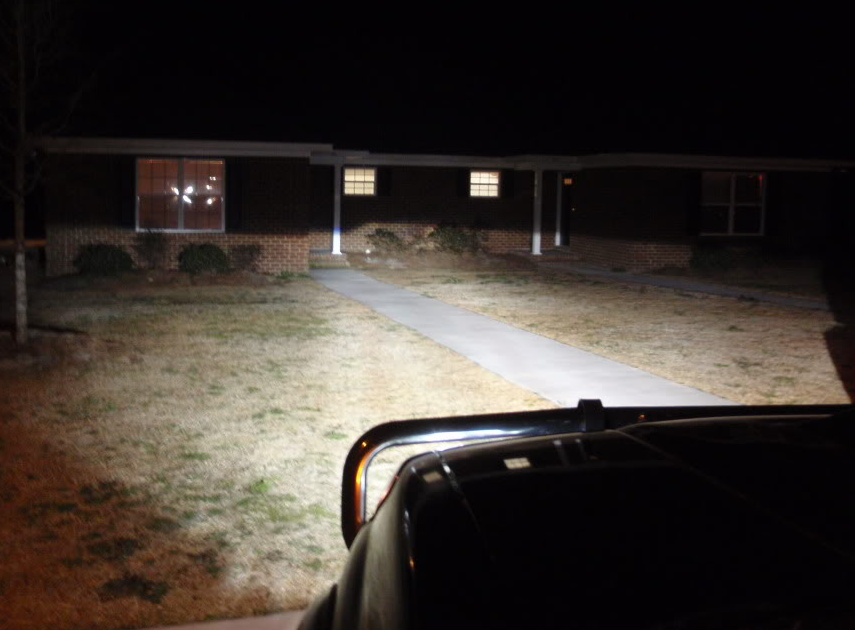
So before you get a wild hair and decide to change your headlight setup, please do everyone a favor and consider the rest of the road. And while we’re having this discussion, keep your light bars off when you’re on the freeway. C’MON MAN!







